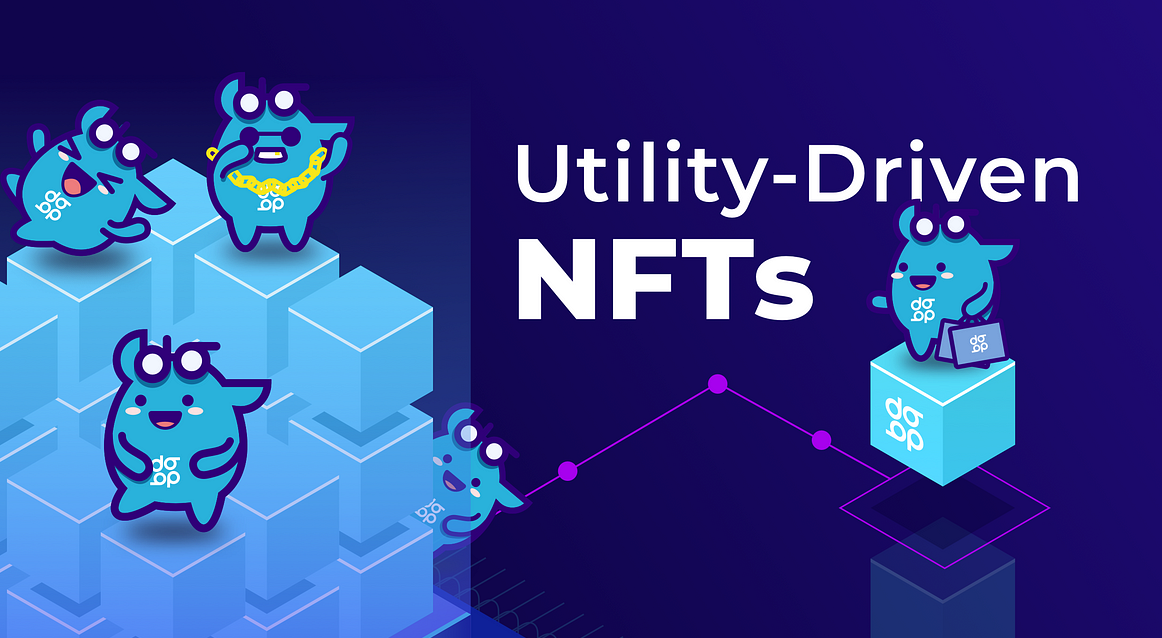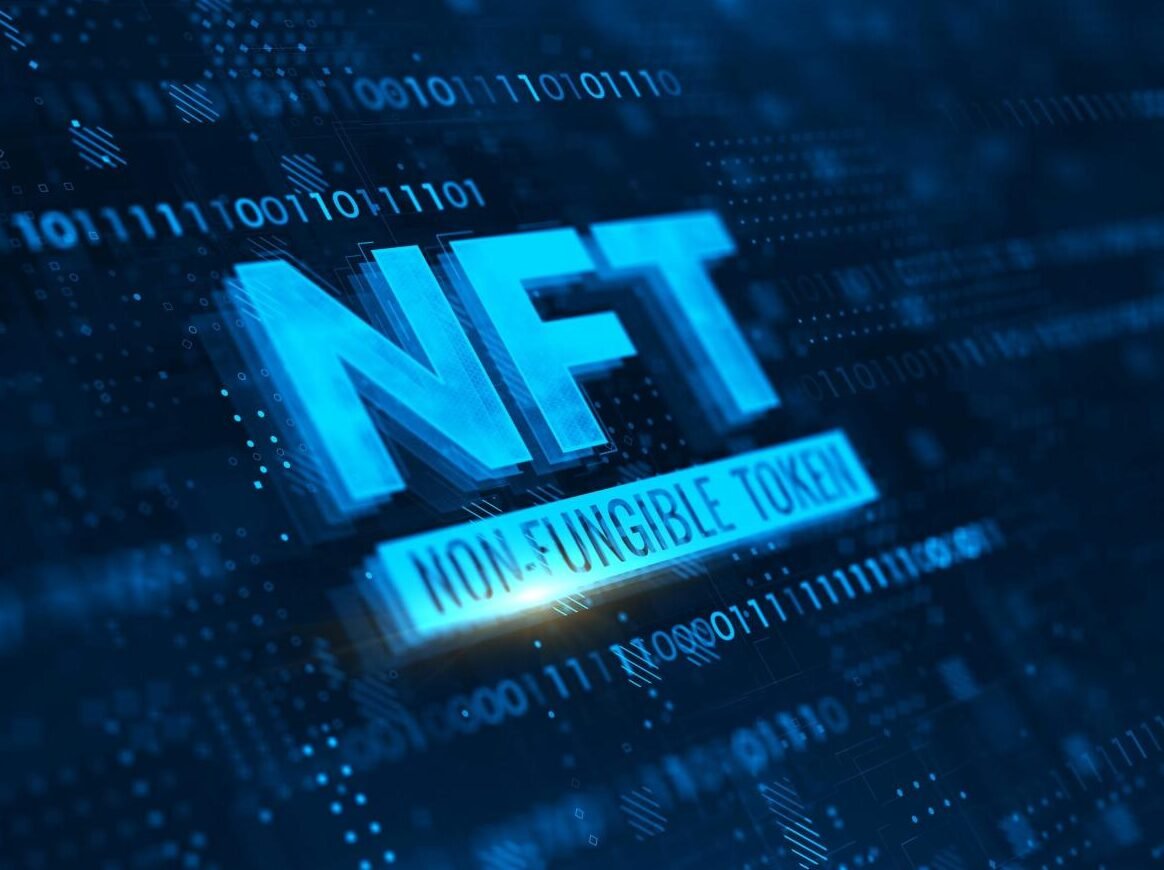With the NFT market exploding by 69% to a staggering $4.8 billion in the first quarter of this year, non-fungible tokens (NFTs) have lately seen a wonderful rise in value. Particularly in the field of Blockchain networks gaming, this sudden rise signifies a significant change, indicating recalibration inside the larger NFT ecosystem.
The current focus is on utilising blockchain technology to create meaningful, real-world applications within games as the market shifts from speculative assets to utility-driven tokens. This paper explores the elements causing this explosion, the changes in blockchain gaming, and the ramifications for NFT futures.
Utility-Driven NFT Evolution
Originally popular in the art sector, NFTs—unique digital assets confirmed on a blockchain—let artists tokenise their digital works. But with time, their potential grew, particularly in industries such as gaming, real estate, and entertainment. The value of the NFT market has lately surged for several reasons. Among the most significant is the increasing attention on utility-driven NFTs—especially in blockchain gaming.

NFTs were mostly collectables in the past, their value derived from their scarcity and market value perspective. But this tendency is shifting. NFTs with actual value that provide in-game rewards, such as exclusive products, characters, and virtual land, are currently driving change in the market. These utility-driven NFTs are improving gameplay, offering fresh layers of interaction, and supporting self-sustaining in-game economies, not only digital novelties.
Blockchain Gaming Growth
Among the main forces behind the NFT sales explosion is blockchain gaming. These games leverage blockchain technology to let players really own in-game items such as weapons, avatars, or land. Blockchain games attach these assets to NFTs, thereby allowing players to trade, sell, or utilise them across several platforms, unlike conventional games, where in-game purchases do not correlate to genuine ownership.
Particularly well-liked are play-to-earn (P2E) games, in which users can accumulate NFTs or bitcoin via gameplay. These games give players valuable digital assets that may be sold for money or utilised to improve their experience, so honour their time and work. This model has attracted not only gamers but also developers and investors, who see it as a new way to engage with consumers and create additional revenue streams.
Axie Infinity, a game letting players gather, nurture, and fight with mythological monsters called Axies, is among the best instances of blockchain gaming. Every Axie is a different NFT; players may win battles or finish in-game chores to get bitcoin. Showing the great potential for blockchain gaming to affect the future of digital assets, this play-to-earn strategy has resulted in a huge flood of players and helped boost the general NFT market.
NFTs in Gaming
Early NFT projects were typically speculative, with an eye toward digital art or collectables, but today’s NFTs are far more utilitarian. With developers including NFTs in gameplay in ways that provide more than simply ownership, the emergence of blockchain gaming has been especially important in this change. These NFTs today give users practical advantages that enhance the player experience, including unique items, in-game money, and access to exclusive content.
The long-term survival of NFTs depends on this utilitarian concentration. Utility-driven NFTs provide players with continuous value and interaction, which can help sustain the market rather than be perceived as a transient speculative investment. Players are using their assets in ways that actively influence their experience and interactions inside the game, not only gathering them.
For instance, users can create passive income by staking NFTs in various blockchain games to collect rewards. Others provide in-game economies whereby NFTs are connected to the construction or upgrading of in-game assets, enabling players to improve their characters or acquire access to rare things difficult to obtain otherwise. This degree of capability has changed players’ perspective on NFTs and made them a much more natural part of the gaming process.
NFTs and Interoperability
NFTs inside blockchain gaming have only recently started to flourish. As the technology and its uses evolve, we anticipate further developments that will blur the boundaries between digital and physical ownership. Cross-game interoperability—where users of NFTs can utilise them across several games—creates a far more coherent and linked digital experience and is among the most fascinating opportunities.

Moreover, as the gaming sector adopts augmented reality (AR) and virtual reality (VR), NFTs will become increasingly crucial in building immersive worlds where users may engage with their assets in whole new ways. NFTs have enormous potential to interact with these developing technologies, thereby creating fresh opportunities for developers and players.
Apart from gaming, the trend toward utility-driven NFTs is likely to continue expanding into other sectors that are exploring the advantages of blockchain technology and tokenised sets. Offering fresh approaches to verifying, buying, selling, and trading products and services, NFTs have the power to transform many industries, from virtual real estate to digital fashion and music.
Final thoughts
Particularly in the blockchain gaming industry, the explosion in NFT sales to $4.8 billion points to a change toward a more sustainable, utility-driven economy. The importance of these digital assets in gaming will keep changing as games develop to provide real economic value via the Future of NFTs, surpassing only entertainment value.
Blockchain gaming has ushered in a new era whereby digital ownership, play-to-earn structures, and virtual economies take centre stage in the user experience. Given further advancements, NFTs are likely to be crucial in the future of gaming, digital ownership, and beyond.


